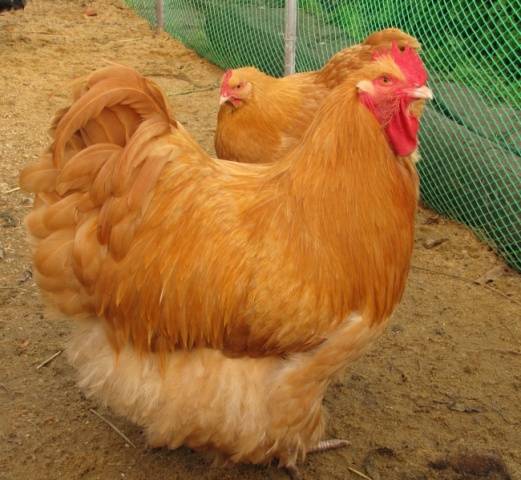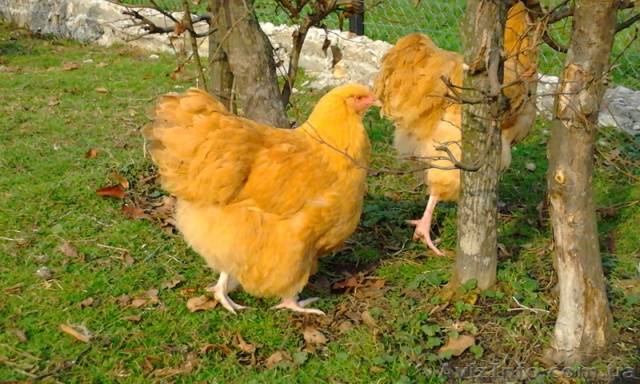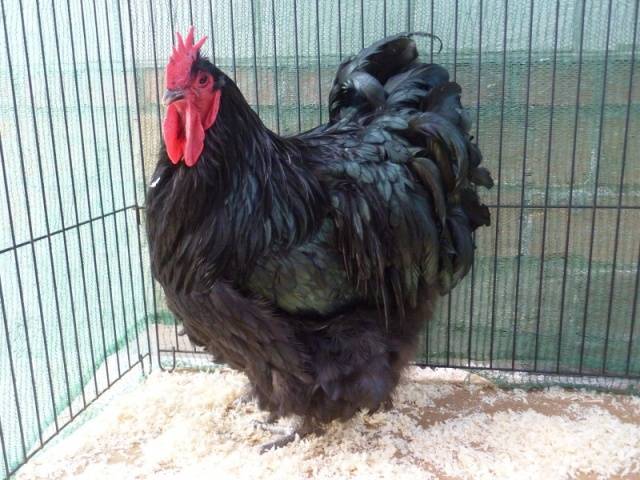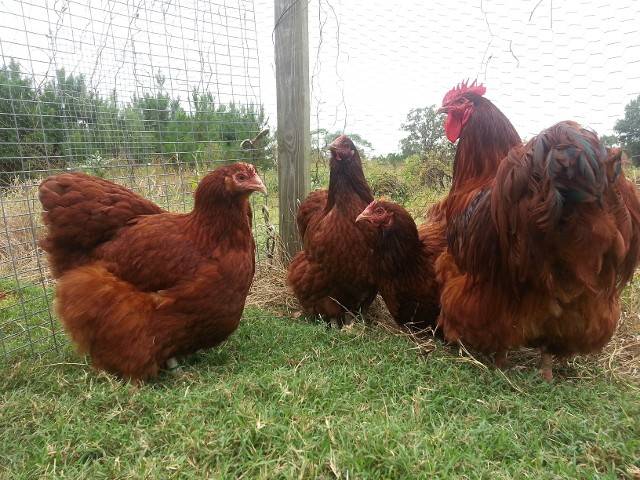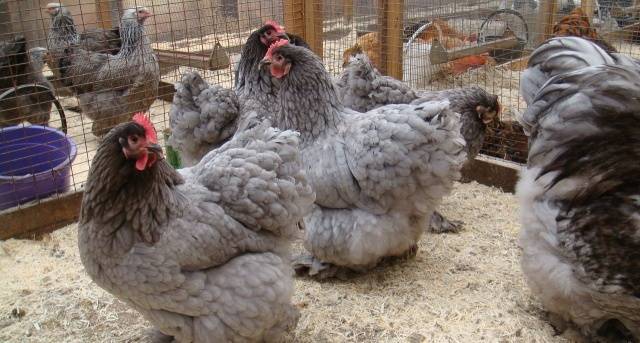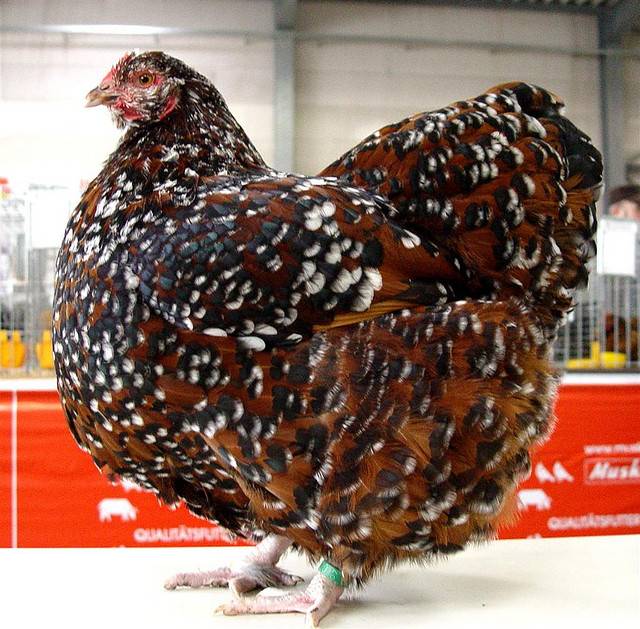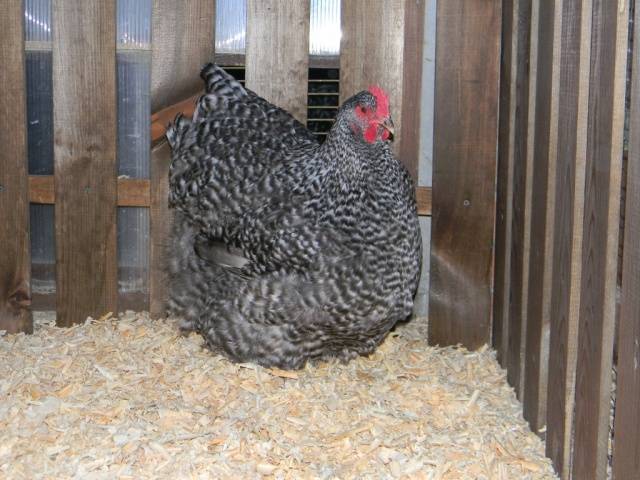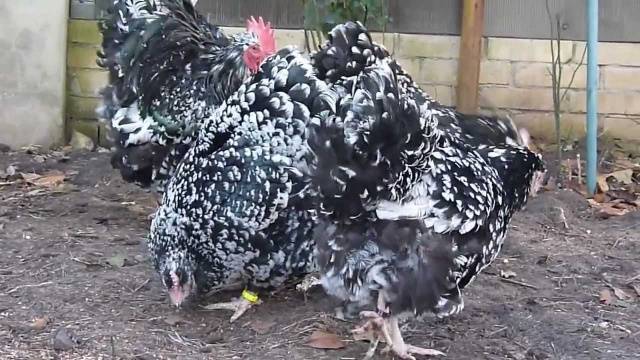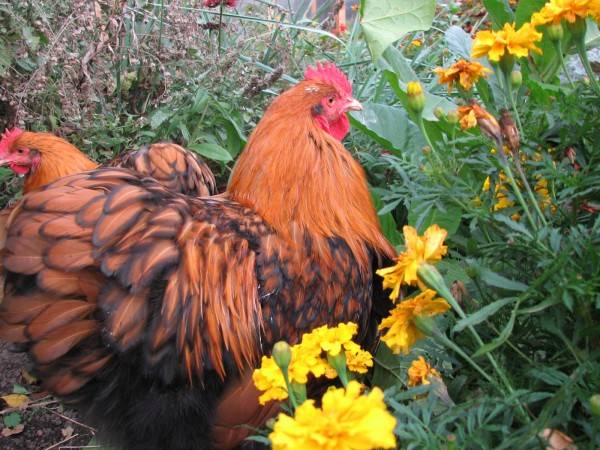Content
The Orpington breed of chickens was bred in England, in the county of Kent by William Cook. It gets its name from the city of Orpington. William Cook decided to develop a breed of chickens that was supposed to become universal, and, most importantly, the presentation of the carcass should appeal to English buyers. And in those days, chickens with white skin, and not with yellow skin, were highly valued.
These are the breeding tasks that this man set for himself. And we must give him his due, these goals were achieved. A bird was bred that quickly gained weight, had a high egg production, was undemanding to the conditions of detention, and could find its own food while walking.
Performance
The Orpington chicken breed has high production characteristics. The excellent quality and attractive appearance of the meat is especially appreciated by the breeders of the breed.
- The mass of chickens is 4-5 kg, males are 5-7 kg;
- Egg production 150-160 eggs per year;
- Egg weight up to 70 g, dense beige shell;
- High fertility of eggs;
- Chick hatchability up to 93%;
- Chickens have not lost their incubation instinct.
Thanks to the combination of the above qualities, Orpington chickens are gaining popularity in our country. In fact, the breed is versatile, which especially attracts domestic poultry farmers.
Description of the breed
Roosters and chickens of the Orpington breed look very massive due to their abundant plumage. The head is small, the neck is of medium length. It makes up a single whole with the head, it seems that the head is set low. The chest of Orpington chickens is highly developed, voluminous, but low. The wide back seems to be short, as it is hidden under the rich plumage. The back and saddle immediately go into the tail. Although it is short, it is very wide, there are many feathers on it. The wings of the birds of this breed are usually small in size and strongly pressed against the body. The leaf-shaped crest is erect, red in color, with 6 clearly cut teeth. The ear holes are red. The legs of chickens are strong, widely spaced. The thighs are covered with plumage, the legs are bare. Look at the photo, what the orpington rooster looks like.
A feature of the breed is that hens look even more stocky than roosters. They also have a more pronounced dorsal deflection. The tail is very short, but due to the width of the back and abundant feathers, it looks quite large. How the Orpington chickens look like, look at the photo.
All of the above traits refer to breed standards. In most cases, the bird is culled if it does not meet all the declared characteristics. Reason for culling may be: high chest, high waist, long tail, white or other colored ear holes.
Types of painting
The Orpington breed is undoubtedly one of the most beautiful among chickens. To date, 11 orpington colors are known. Some are rare and are found only on amateur farms. See photos and descriptions of the most famous varieties used for breeding and cultivation.
Black Orpingtons
The ancestors of the breed are black Orpingtons. It was these chickens that William Cook bred, crossing Spanish blacks minoroc, Plymouth Rocks and Black Chinese Langshans. The new breed quickly became in demand in small farms.Many farmers have tried to improve the properties of the breed. Fortune smiled at the farmer Partington. He crossed black Orpingtons with black Cochinchins, which gave a rich plumage. So the hereditary characteristics of the Orpington breed were fixed, which were somewhat different from the parent breed, but became its standards.
White Orpingtons
Here the following breeds of chickens participated in the creation of a new color: white cochinquin, white leghorn and dorking. The Dorkings gave the Orpingtons the necessary meatiness. The white skin color improved the presentation of the carcass. Due to the optimal combination of various qualities, white chickens have become no less popular than the black variety of the breed.
Fawn Orpingtons (gold, yellow black-bordered)
Fawn Orpington was bred with the participation of dark Dorkings, fawn Cochinchins and Hamburg chickens. Hamburg chickens have brought good adaptability to the external environment in the breed. Fawn chickens are the most sought after variety, surpassing black and white in popularity. This is due to the fact that they have a white carcass, gain weight well, are resistant to adverse natural conditions and at the same time retain a sufficiently high egg production.
Red Orpingtons
The Red Orpingtons were first presented at the 1905 Agricultural Exhibition in Munich. The more intensely colored yellow Orpingtons interbred with Red Sussex, Red Rhode Island and Wyandot. This breed, like those described below, is less common than the fawn, black or white orpington.
Blue Orpingtons
A feature of blue Orpingtons is the presence of a characteristic and original blue-gray color. The blue color seems to be covered with dust, it is not bright. Each feather is bordered by a dark slate-colored stripe. The absence of spots of a different color, uniformity of color, dark eyes and beak indicate the purity of the breed.
Porcelain (porcelain, tricolor, chintz)
Appeared in the process of crossing variegated Dorkings, fawn Cochinchins and golden Hamburg chickens. The main color of chintz chickens is brick, each feather ends with a black spot, inside which is a white spot. That is why another name for chickens is tricolor. The tail feathers and braids are black, the tips of which end in white.
Deviations in color are not allowed. For example, the predominance of white in the tail or fading in the plumage.
Striped orpington
The main color is black, intersected by light stripes. Light stripes are wider than black ones. Each feather ends in black. The beak and legs are light in color. A distinctive feature is the down is also striped. Striped chickens are sometimes called hawk.
Marble Orpingtons
The main suit is black, turning into green in bright sunlight. The tip of each feather is colored white along the edge. Beak and legs are white.
The presence of another color and even ebb is not allowed.
Features of the content
Representatives of this breed are very fond of walking. Be sure to organize an aviary for them next to the poultry house. Fence with a fence or netting, at least 1.5 m high. The bird, although heavy, is better to immediately stop attempts to leave the allocated area.
If you wish to keep a purebred bird, keep the Orpington apart from other chickens.
The presence of a purebred active rooster in the herd is required. Usually one rooster is kept for 10 chickens. But it is better if there are two of them.
Breeders characterize chickens as gluttonous. Therefore, in the diet, they must be limited in order to avoid obesity, which, in turn, leads to a decrease in egg production and fertilization of eggs. The quality of the meat also suffers.
It is better to feed the bird with grain of at least 5 species. Better to avoid compound feed. The feeding mode is 2 times a day.Early in the morning and at 15-16 hours.
Other requirements for keeping orpington do not differ from the conditions for keeping other breeds: the presence of fresh water in the drinking bowls, clean bedding on the floor, equipped perches and nests.
To ensure high egg production, calcium must be present in the feed. Additional sources of calcium: shells, chalk, limestone.
Clean spacious chicken coop, an inflow of fresh air and lighting are the necessary conditions for the life of chickens. Lack of fresh air, especially in winter, leads to temporary sterility in males.
Conclusion
English Orpingtons are quite capable of taking their rightful place in any household farm. The versatility of the breed, which is expressed in excellent production characteristics, attracts many poultry breeders. The original appearance and a large number of different colors of orpington will decorate your backyard. You can watch the video about the breed:
